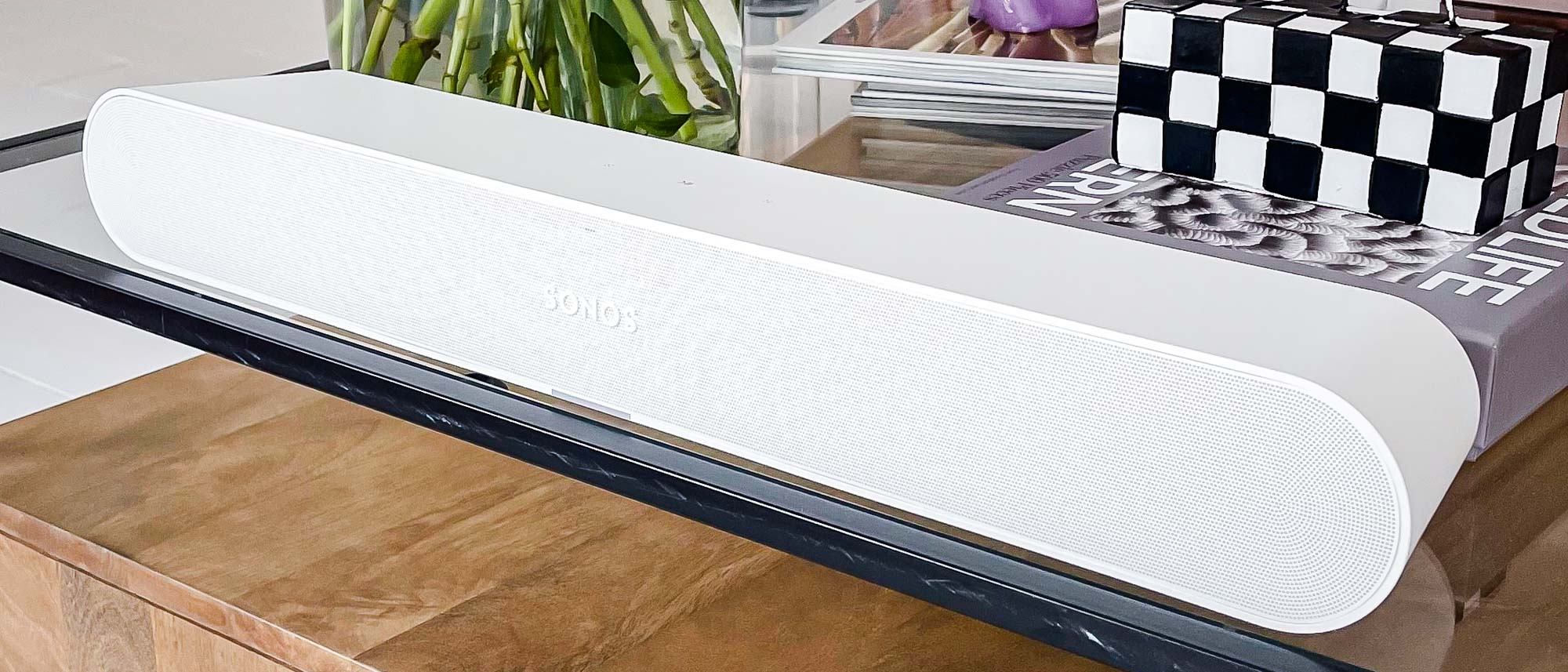Tom's Guide Verdict
There’s lots to like about the Sonos Ray, though its price is more ambitious than the scale of its sound
Pros
- +
Pleasingly compact
- +
Nicely balanced sound
- +
All the usual plus-points of Sonos multi-room
Cons
- -
Not the most expansive sound
- -
No HDMI
Why you can trust Tom's Guide
Colors: Black; white
Ports: Optical digital in; Ethernet
Speakers: 2x tweeters; 2x midwoofers
Audio channels: 2.0
Audio formats: Dolby Digital 5.1; DTS Digital Surround
Power output: Not specified
Wireless: AirPlay 2; WiFi
Smart assistant: No
Subwoofer: Optional
Dimensions: 22 x 3.5 x 2.8 inches
Weight: 4.3 pounds
Wall mountable: Yes
There’s lots to admire about the Sonos Ray, including how little there is of it. A lot of soundbars ignore the fact that plenty of people own smaller (by which we mean 40 inches or so) TVs — so Sonos is to be congratulated for expanding the choice of compact, high-performance soundbars.
Everything about the wider Sonos experience that’s so successful — the ease of use, the coherence of the control app, the Trueplay-assisted set-up that takes mere moments to perform — is here. Build quality and finish is well up to snuff. Pride of ownership is hard to put a price on, but the Ray comes with a helping.
And much of the established Sonos audio experience is here too, making it one of the best soundbars at its price. The Ray sounds unified, confident and detailed — it’s got the punch to propel a Hollywood blockbuster forwards, and the deft powers of communication to make sure you never miss a moment’s nuance where dialogue is concerned. It’s even quite an engaging listen when used as a music speaker, too.
The Ray isn’t the largest-scale listen available, though, and it looks a little pricey when you’re listing its most obvious rivals. Consequently, it’s not quite the no-brainer Sonos was undoubtedly aiming for.
More: Thinking of buying a Sonos Ray soundbar? Check out our Sonos Sub Mini review and get more bass from your home theater setup.
Next: Not sure which Sonos soundbar is right for you? Check out our guide to the Sonos Ray vs. Sonos Beam (Gen 2) vs. Sonos Arc.
Sonos Ray review: Price and availability
The Sonos Ray is priced at $279 / £279 / AU$399 and available to pre order through the Sonos website, and online retailers including Best Buy and World Wide Stereo. This makes it one of the best cheap soundbars you can buy, especially when compared to the $449 Sonos Beam (Gen 2) and $899 Sonos Arc. Take a look at our Sonos promo codes for ways to lower the cost.
That doesn’t mean it’s without competition, however. JBL, Sony and Yamaha are just a few of the high-profile brands who have very capable soundbars of their own to sell you at an even keener price than Sonos is asking for the Ray. So it’s going to take more than just showing up wearing a covetable brand logo to make the Ray a successful soundbar. (Haven't heard of Sonos before? Here's everything you need to know about Sonos.)
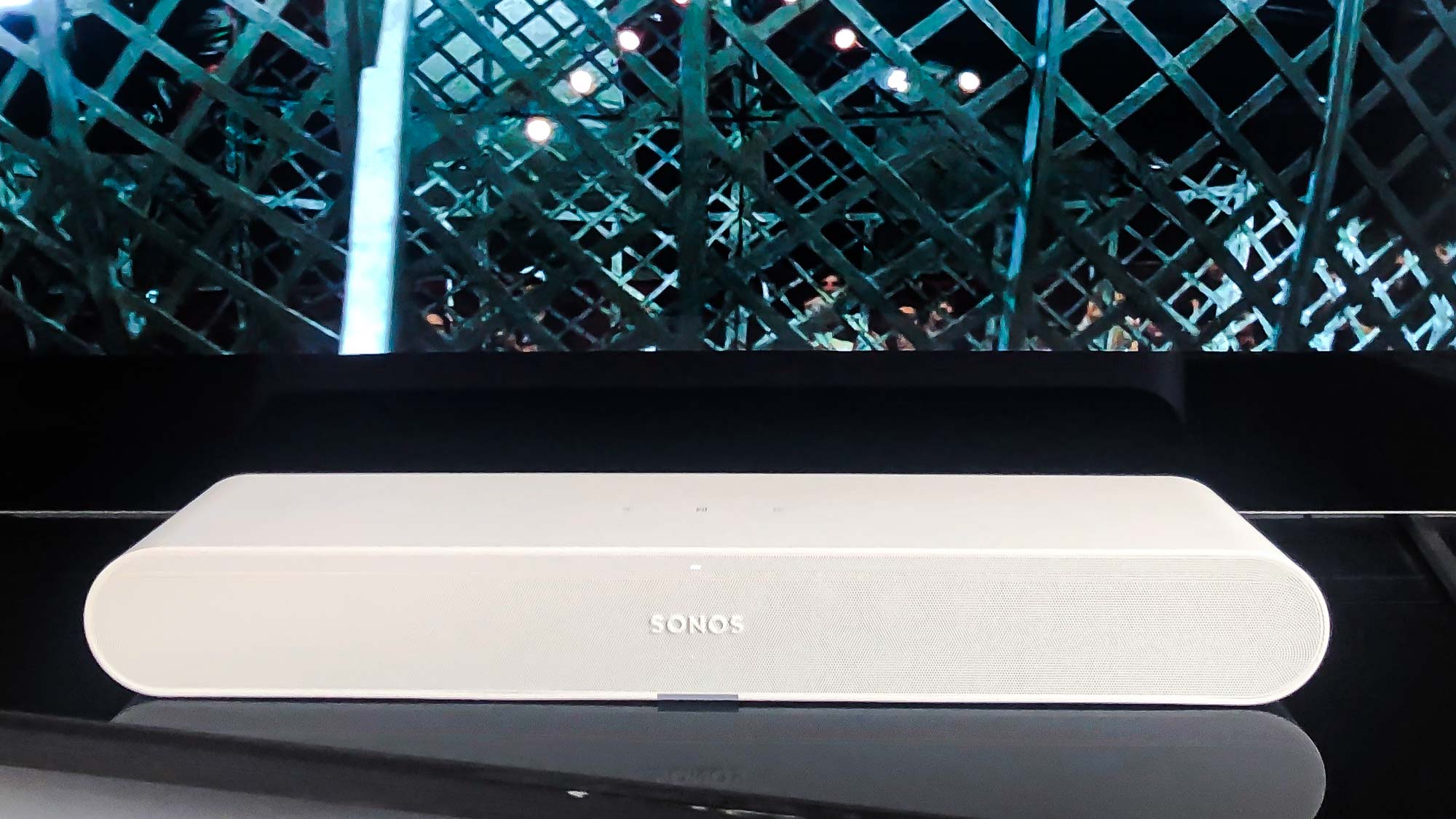
Sonos Ray review: Design
On the outside, the Sonos Ray looks and, to a lesser extent, feels the part. It’s available in black or white matte finishes, and it’s put together with same care and attention to detail as found on the brand's products elsewhere. Its mildly trapezoid shape and rounded-off edges add a degree of interest where design is concerned, and despite the liberal use of plastic in its construction it looks and feels like a solid and fairly premium product.
The compact dimensions (2.8 x 22 x 3.7 inches HxWxD) make it ideal for use with smaller TVs (around 40-inches, say), but Sonos says that the Ray is designed to work with TV screens up to 55-inches. Because the drivers all face forwards, it’s relaxed about being positioned on a middle shelf of a TV stand with a surface directly above it. But bear in mind it sits slightly taller than quite a few alternatives — so if you want to put it on the same shelf as your TV, make sure it doesn’t foul the bottom of the screen. Sonos offers a (cost-option) wall-bracket, too.
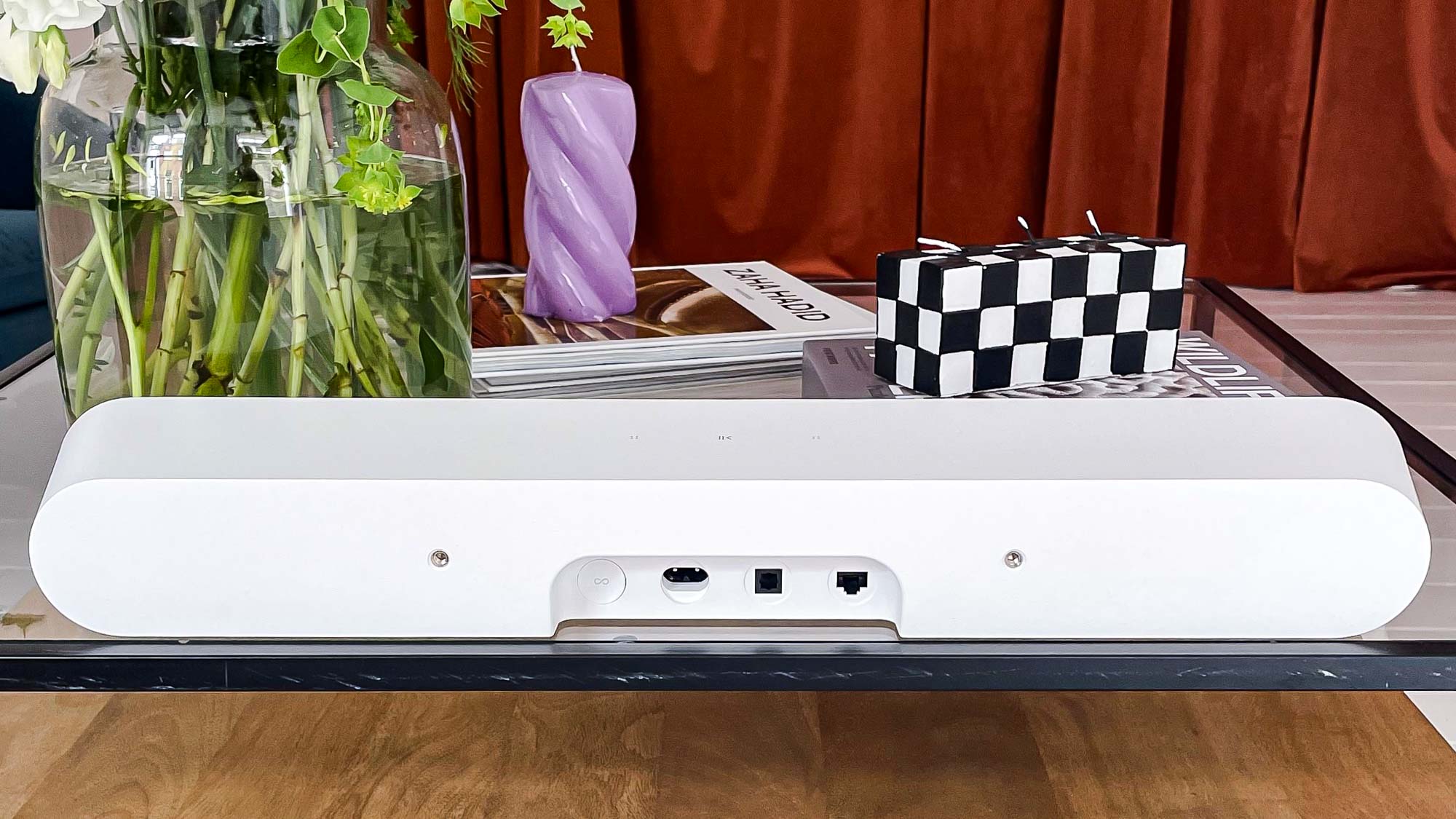
Sonos Ray review: Connectivity
The very brief suite of physical connections is in a recess on the rear of the chassis — they run to mains power, Ethernet and digital optical. There’s also a ‘reset’ button in this panel. As far as wireless connectivity goes, you’re looking at wi-fi and Apple AirPlay 2. There’s no HDMI socket, so connection to the TV has to be made using a digital optical cable — Sonos provides an extremely skinny 1.5m version in the box along with the soundbar and a mains lead.
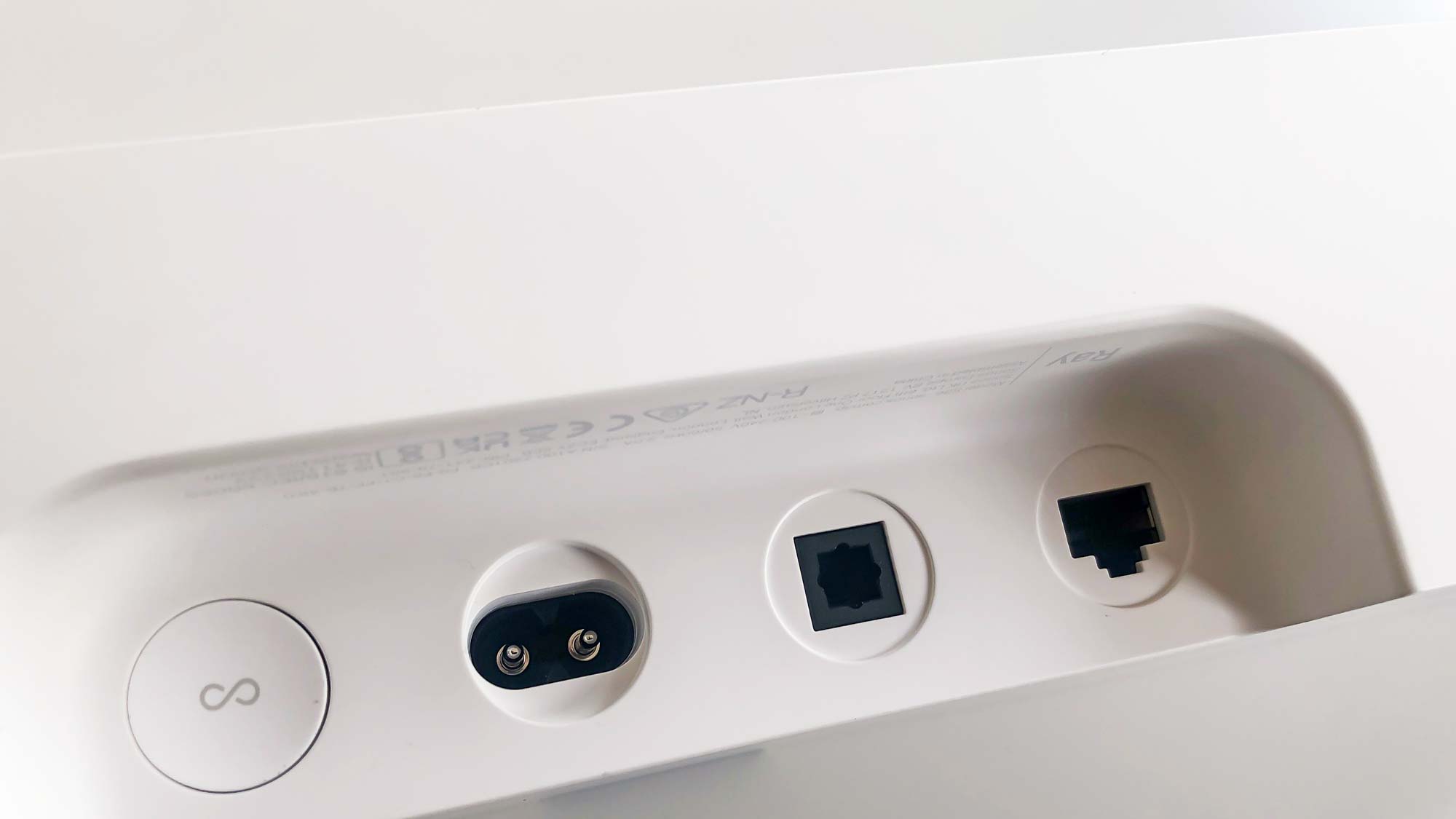
As far as the business of creating sound goes, the compact Ray uses a pair of tweeters, a couple of ‘midwoofers’ (which never stops being an awkward way to try and make a mid/bass driver sound exciting) and two bass reflex ports. They all face forwards, firing-squad style, behind the soundbar’s grille. This, then, is a stereo speaker — and while it’s compatible with Dolby Digital 5.1 and DTS Digital Surround information as well as stereo PCM, anything more complicated than two channel’s-worth of information will be downscaled by the Sonos.
Sonos doesn't specify the amount of power that’s on board the Ray, or the size and composition of the speaker drivers (except to say that they're elliptical in shape and use split waveguides to achieve wider dispersion), and as with other model in its range, the full specs are a closely guarded secret.
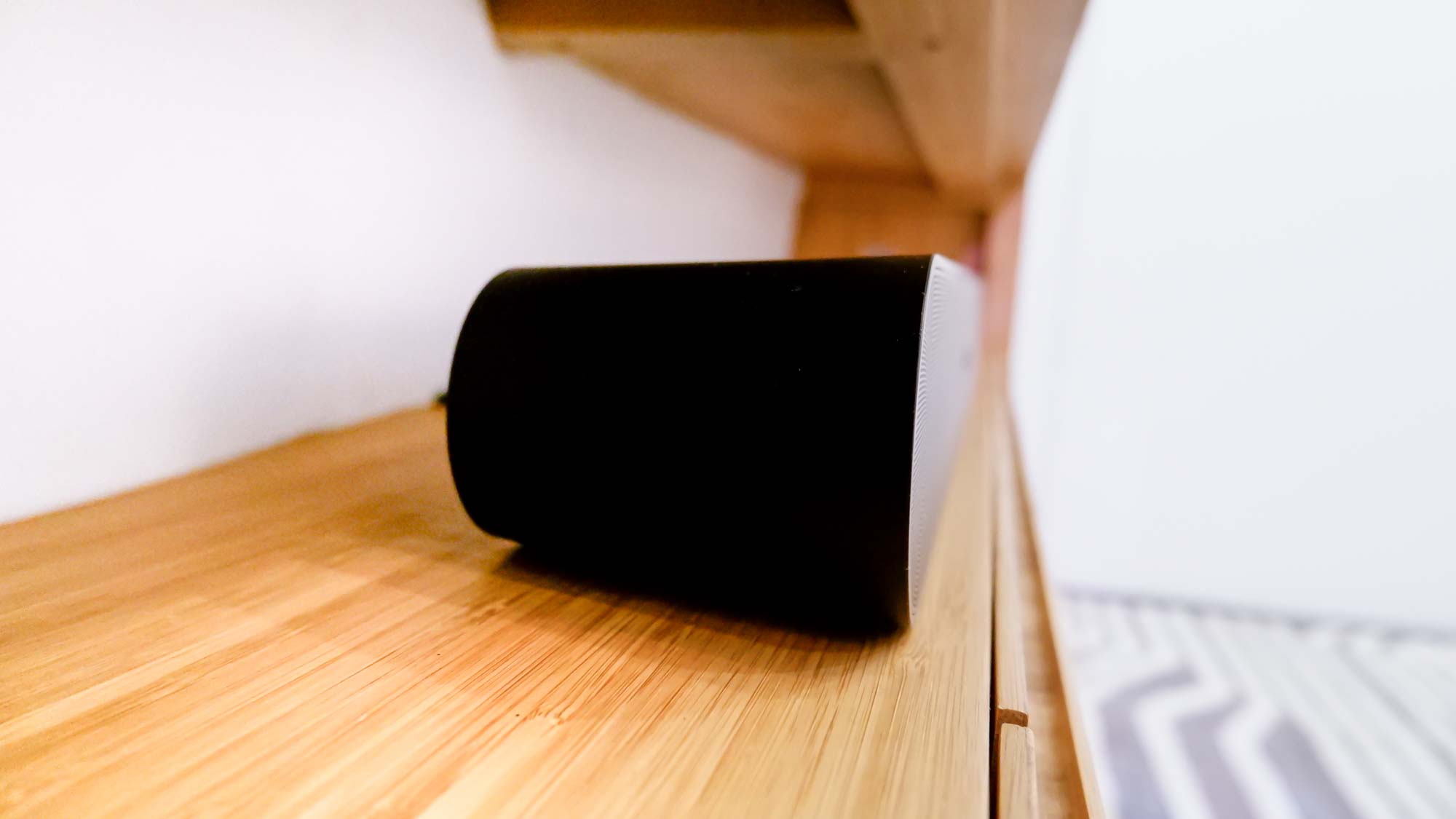
Sonos Ray review: Controls
If your Sonos Ray is part of a wider Sonos multi-room system (or even if you’ve just specified a couple of Sonos One as rear speakers), voice-control is available — the Ray itself isn’t compatible with voice assistant, though that may all change when the bespoke Sonos voice-assistant comes on stream.
Extensive control is incorporated into the (reliably excellent) Sonos control app. The ability to fuss with EQ settings, integrate your favorite streaming service(s), adjust volume, switch ‘loudness’ on or off (‘off’ is preferable), opt for some ‘speech enhancement’ and plenty more besides is available here, in the most stable and logical control app around.
There is a discreet little strip of LEDs behind the grille to let you know what the Ray is up to. Naturally, the control app allows you to switch them off if you prefer.
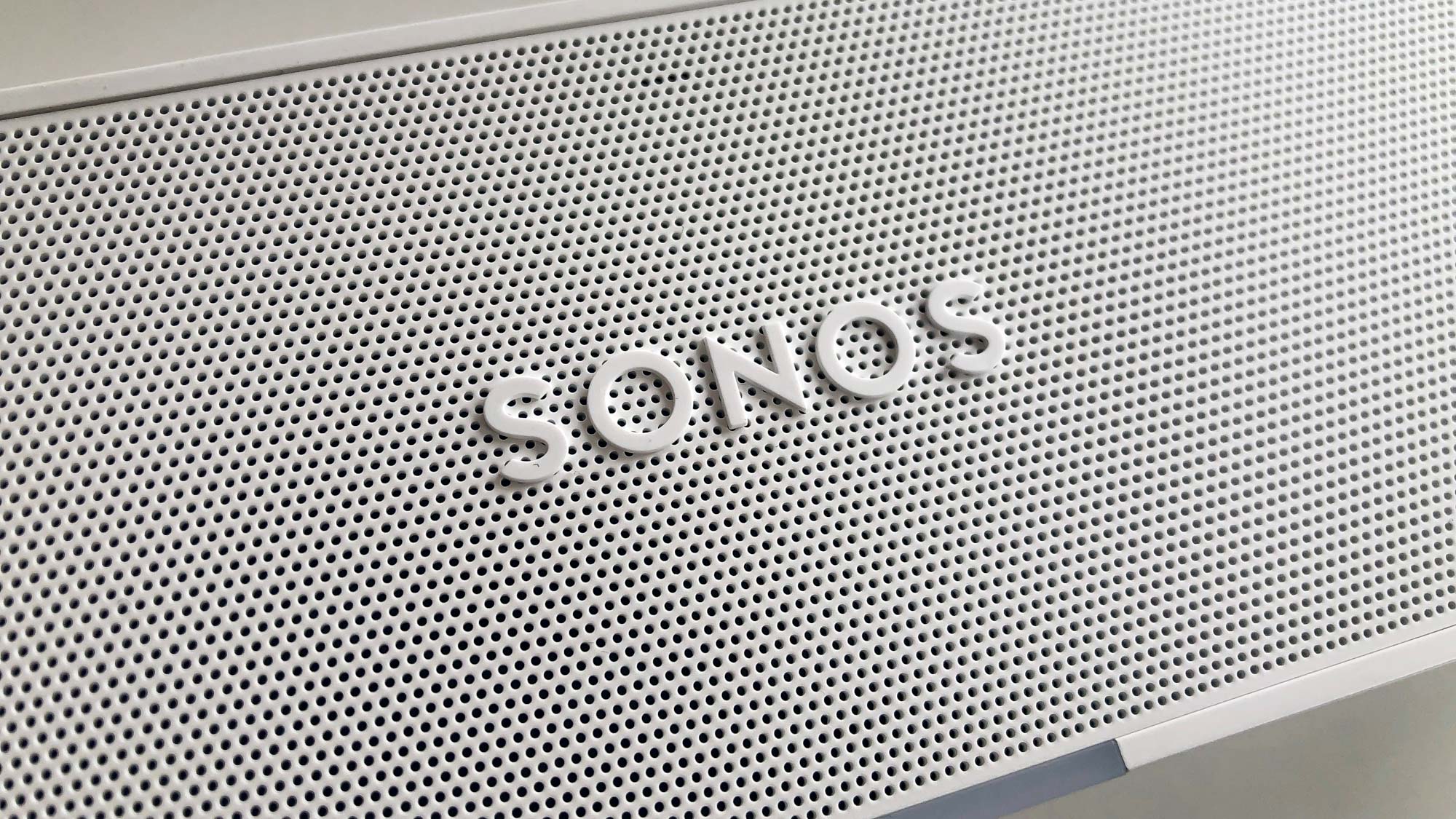
Sonos Ray review: Sound quality
In many respects, the Sonos Ray is the ideal compact soundbar. It sounds emphatically better than any TV that doesn’t carry a premium price due to its fancy-pants audio system, and it has a degree of talent when it comes to performing as a music speaker, too.
Perhaps most immediately impressive is the unity, of tonality and of presentation, the Ray creates. At the bottom of the frequency range (which is decently punchy, properly controlled and quite varied where texture and timbre is concerned) it has plenty of presence without getting even slightly in-your-face, while at the opposite end it carries a polite level of bite and attack. Other similarly sized and specified soundbars may reach a little higher up the frequency range than the Ray, but none have superior control or levels of detail.
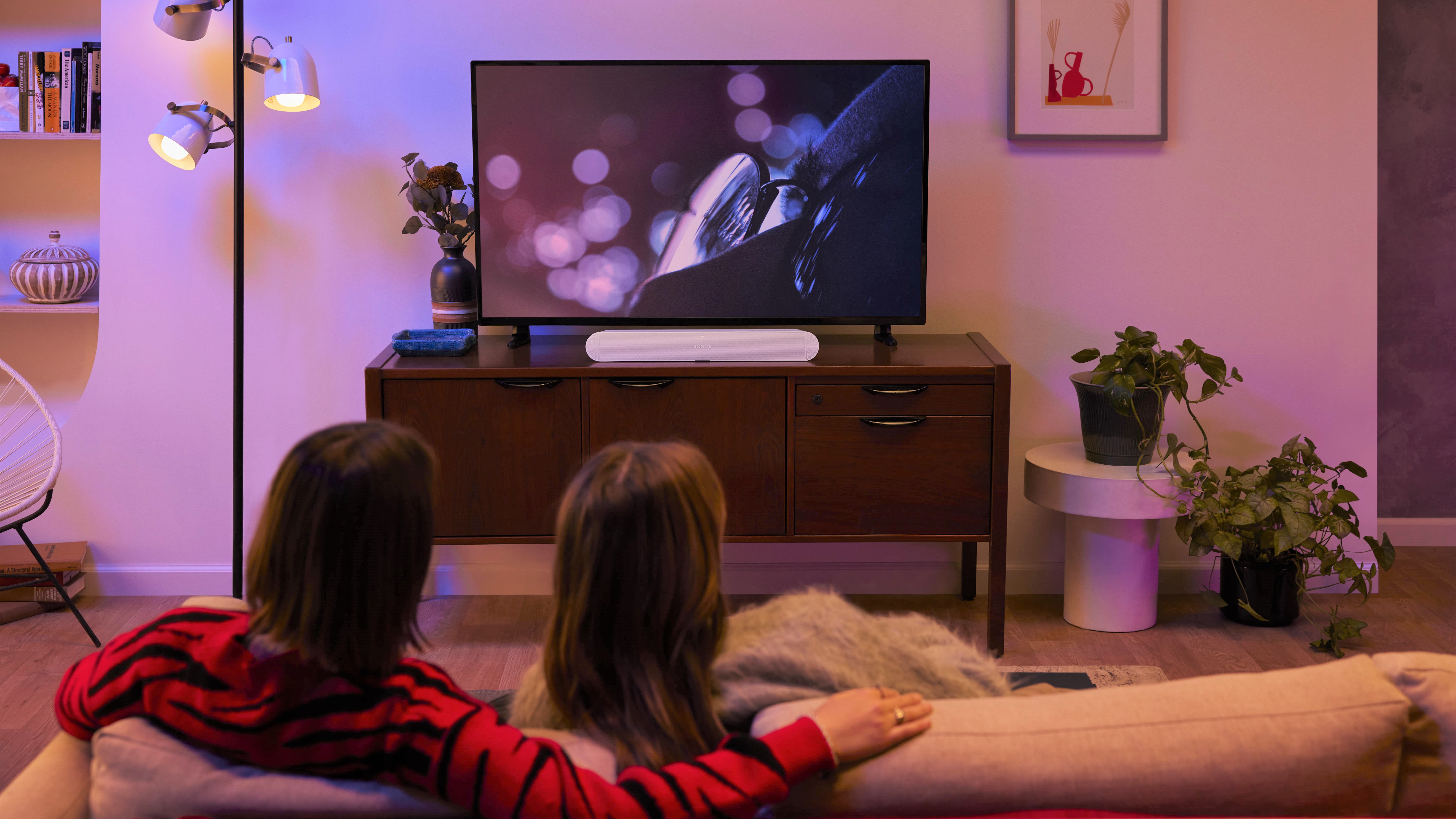
It’s in the midrange, though, that the Sonos does its best work. Voices are direct, detailed and unambiguous — there’s discernible character, attitude and emotion to speech, and consequently the Ray communicates in spades. Dialogue, of course, is where the majority of the action is in most movie soundtracks, and the Sonos serves it up in full. A listen to (and watch of) Nicolas Winding Refn’s Drive is a great showcase for the Sonos: Ryan Gosling’s character is a man of few words, but there’s real eloquence and insight to the way the Ray delivers his utterances.
Dynamic variation is a big part of a film soundtrack as well, and the Ray has enough headroom to deal with the most sudden and/or extensive shifts in volume. It creates a coherent soundstage, too — although it’s fair to say it’s a relatively narrow soundstage, and the point-source of sound is always apparent.
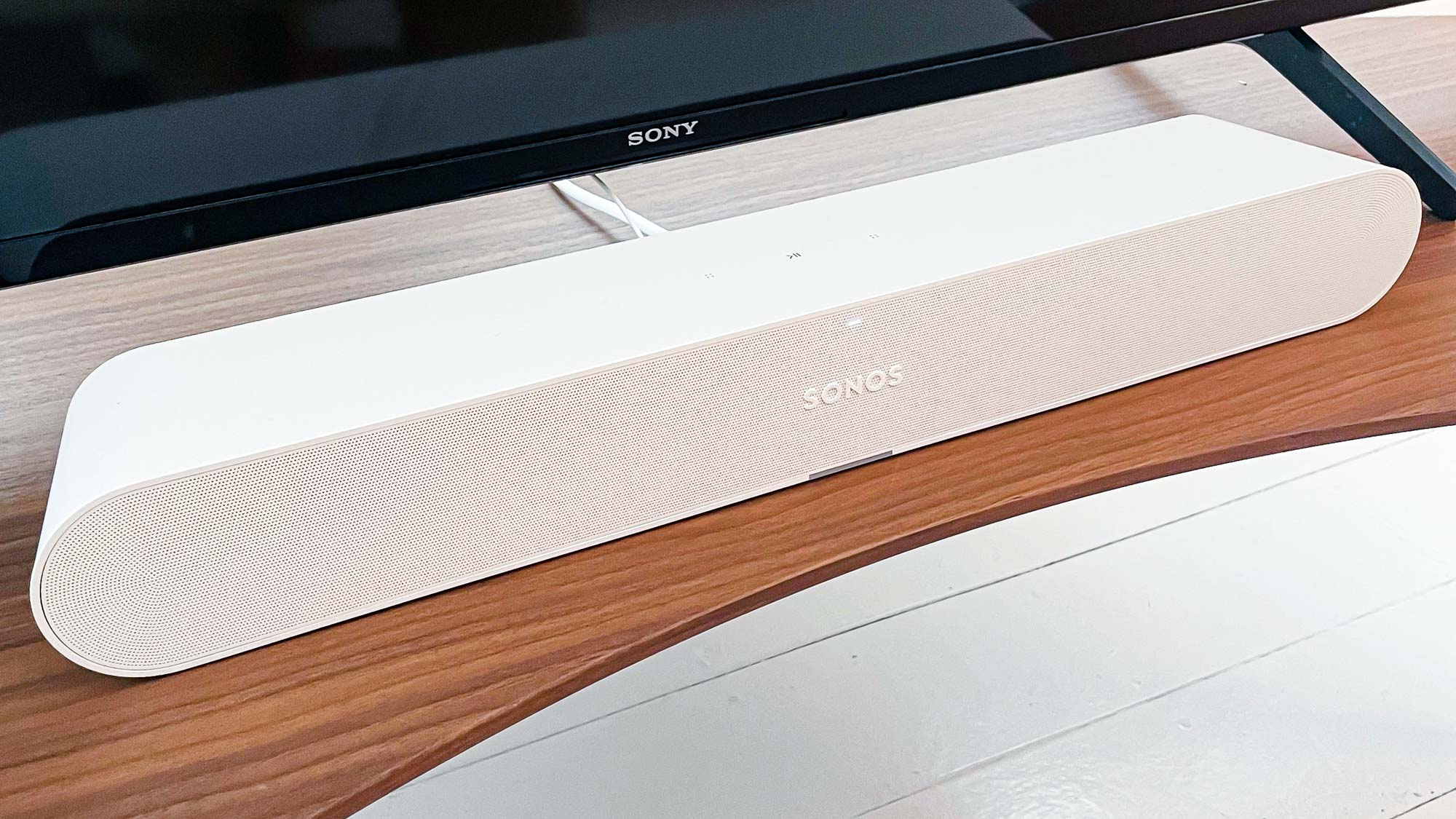
Switch to some music — a Tidal-derived stream of "I Been Gone" by Moon Duo, for example — and the Sonos continues its (almost entirely) good work. Detail levels are high, the soundstage — while still rather confined — is well organized, and there’s proper tonality unity throughout the frequency range. The Ray has sufficient punch to drive the tune forwards, although it’s a little inhibited when it comes to giving rhythms authentic expression. Its powers of midrange articulacy continue to impress, though. Overall, by the standards of properly affordable soundbars the Sonos Ray is an enjoyable and engaging music-maker.
The standards of properly affordable soundbars, though, are pretty high in some instances. And there’s no doubt the Sonos Ray seems a little pricey when judged purely on its sonic performance — certainly there are alternatives from the likes of Yamaha that put in a slightly more expansive performance while costing handily less than this.
Sonos Ray review: Verdict
If you already have a Sonos speaker or two, and are after a usefully compact soundbar with some genuine performance highlights, go right ahead: the Sonos Ray is here to charm and delight you. If you’re unconcerned about wider multi-room possibilities, though, this soundbar is far from the only game in town — and it’s possible to buy just as much of the good stuff the Ray delivers without spending quite as much as Sonos is asking.
Next: Yamaha unveils SR-C30A entry-level soundbar at the same price as Sonos Ray. I added the Sonos Sub Mini to my home audio setup — and it blew me away.
Simon is a freelance technology journalist and consultant, with particular emphasis on the audio/video aspects of home entertainment. Before embracing the carefree life of the freelancer, he was editor of What Hi-Fi? – since then, he's written for titles such as Wired, Metro, The Guardian and Stuff, among many others. Given time, Simon likes nothing more than publishing and then quickly deleting tweets about the state of the nation (in general), the state of Aston Villa (in particular) and the state of his partner's cat.
-
willhowe There are hundreds of users who have had bricked Sonos systems for over 4 weeks now, they've rushed out these new products and left users with $2000+ home entertainment systems operating as giant paper weights. I'd suggest you report on Sonos' lack of acknowledgement, support or fixes and encourage new users to be wary of this 'premium' brand (Find more info in Sonos' 'Home Theater' support forums)Reply
